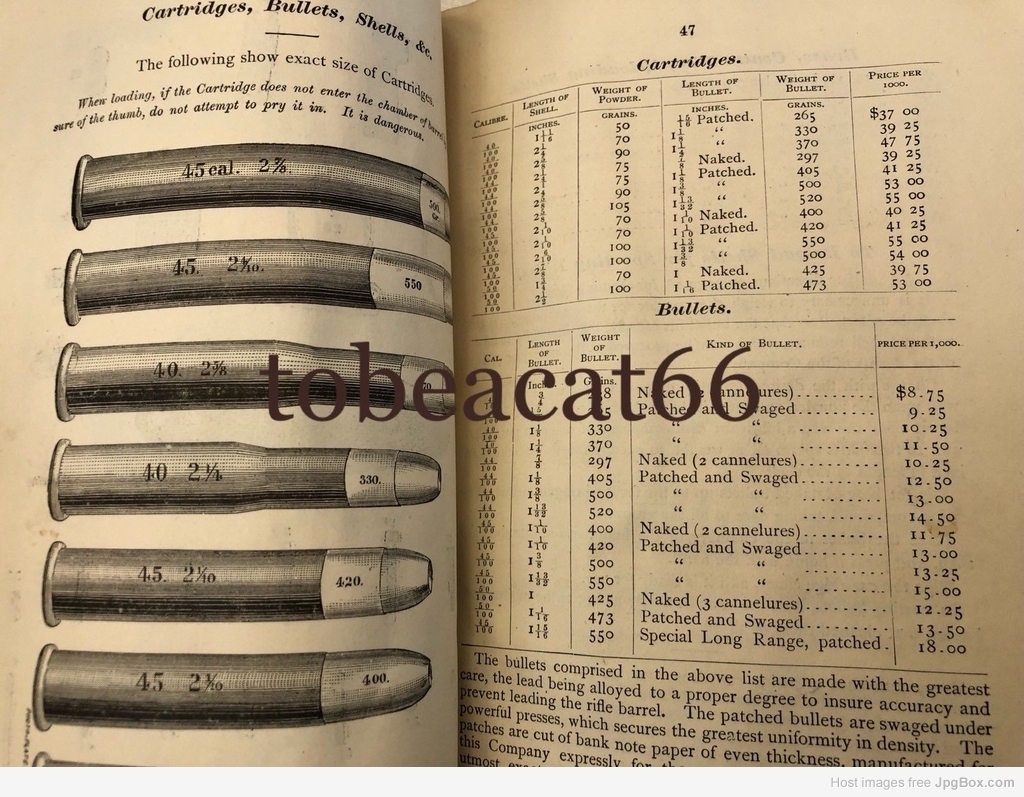Research Press Journal – Issue 4, Autumn 2018. (40 pages) Free pdf download.
New edition of my free to download Journal includes a contemporary look at European military rifles of 1886 and a report from 1875 documenting NRA trials with powder charges for the Remington Creedmoor rifle at long range.
Full Contents:
- Report - Metford Trophy
- News - The Hepsworth Medal
- The Woe's of Corporal Peake
- Firearms History - Firearm Manufacture / Barrel-Making / The Proof Test / Machine-Made Interchangeable Rifles
- Old English and Modern Foreign Rifles (1886)
- Powder Charge Experiments, 1875
- Whitworth Hexagonal Bullets
- A Martini-Henry Score Register
- The Literature of the Volunteers of 1859 - The Volunteers Take Shape
Link to Download - external site
Thanks for your interest.
David

|
   
   
|


|



 Reply With Quote
Reply With Quote





